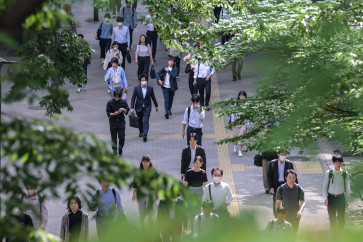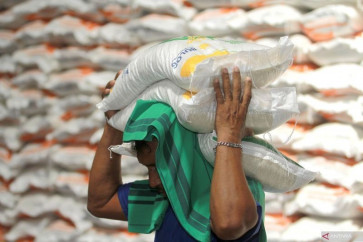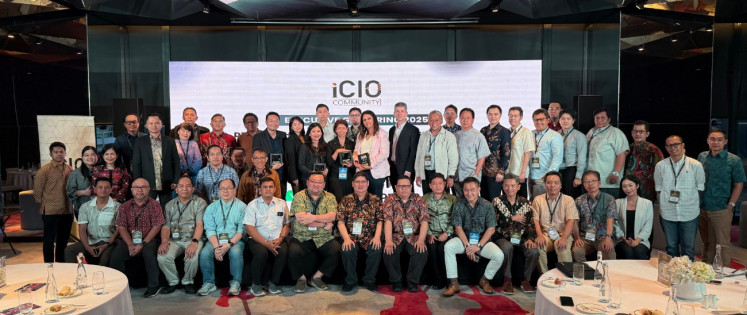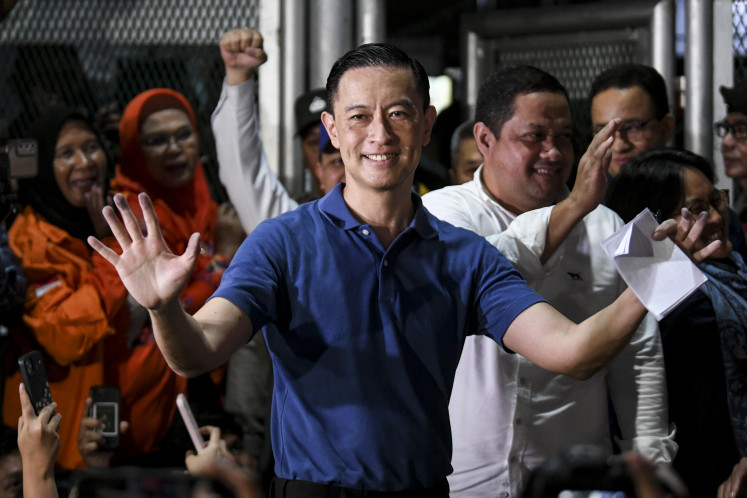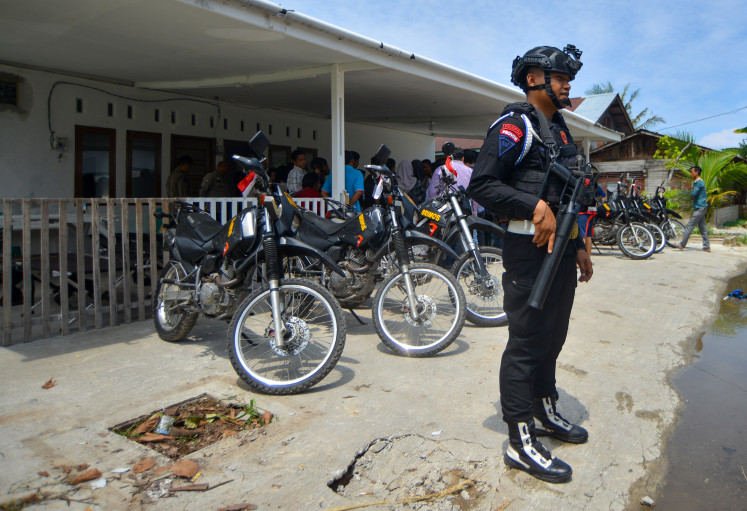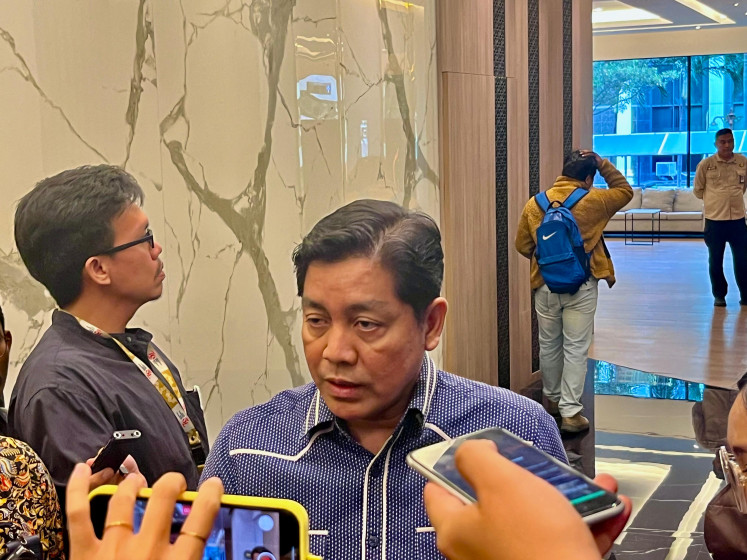Popular Reads
Top Results
Can't find what you're looking for?
View all search resultsPopular Reads
Top Results
Can't find what you're looking for?
View all search resultsNew book on SDG implementation puts development of villages on central stage
Change text size
Gift Premium Articles
to Anyone
"The world has enough for everyone's needs, but not everyone's greed," Mahatma Gandhi said, commenting on the rampant inequality in his era. Gandhi's words still ring true today, as the socioeconomic gap between communities remains.
Indonesia is not immune from disparities in wealth. According to data from the World Bank, Indonesia's GDP rose from US$755 billion in 2010 to US$1.12 trillion in 2019. Unfortunately, not all Indonesians get an equal piece of the pie. The Asian Development Bank notes that income inequality is an escalating problem that haunts Indonesia's economic development.
To address this issue, the Indonesian government has adopted the United Nations' Sustainable Development Goals (SDGs), which aim to ensure that all people can enjoy peace and prosperity by 2030. The roadmap of SDGs in Indonesia is charted given the influence of all stakeholders' commitment to and aspirations for rural development. SDGs Desa: Accelerating the Achievement of National Sustainable Development Goals by A. Halim Iskandar presents the Indonesian desa (village) as a locus and focus of SDGs.
The book's central thesis positions the village as both subject and object within the design of national development. This prioritization of development in villages reflects the 2014 Law on Villages and is also compatible with the sociological construction of Indonesian society.
Furthermore, the author believes that village communities are a microcosm of the nation's complex social-economic problems where stakeholders can identify various developmental issues. Poverty, underdeveloped healthcare, low purchasing power and lower education levels are prevalent in villages. Iskander believes that solving village development problems will accelerate Indonesia's ability to meet SDGs.
In addition, the results of Iskander's studies reveal a fascinating fact: rural villages prove to be more resilient than urban communities in the face of crises. The mechanical solidarity that grows within these tightly knit communities is the foundation of the gotong royong (mutual assistance) concept that is the essence of Indonesian state ideology, Pancasila (in Sanskrit, Five Principles).
From a cultural standpoint, the book echoes essayist Emha Ainun Nadjib's cultural views in Indonesia: Bagian dari Desa Saya (Indonesia: Part of My Village), 2014. Emha contends that the existence of villages long precedes the birth of the nation-state. Thus, he stresses that Indonesia’s development should begin from the framework of the village rather than from big cities.
The book suggests that SDGs Desa encompass 18 achievement indicators (instead of the SDGs original 17 indicators). The indicators serve as a planning instrument to push Indonesia's social development agenda and eradicate inequality. The resulting economic growth would then ideally be accompanied by an even distribution of income that would overcome social inequality between communities.
The author also mentions that Indonesia's target-based development approach might be detrimental to the development of villages. Thus, the book calls for a value-based development approach in implementing the SDGs Desa, including participator approaches and using a human perspective as a value base in achieving social goals.
This review was written by Mohammad Afifuddin, Sociology lecturer at Trunojoyo University, Madura.


